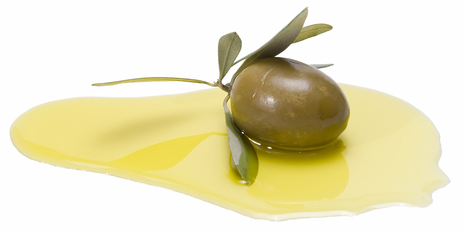What do you know about olive oil?

Olive Oil is a vegetable oil which is extracted from the fruit of the olive plant, the olive, by way of a first pressing to extract the juices and then further processing which largely defines the quality of the oil. This quality is judged based on its organoleptic properties (odour, colour and flavour), and on its content of free fatty acids.
TYPES OF OLIVE OIL
- Extra Virgin Olive Oil: this is the highest quality of all, made only from undamaged olives and only by mechanical means, leaving all sensory and health properties intact. Olive juice is considered, without additives and preservatives, not to be able to surpass an acidity level of 0.8. The median of defects must be equal to 0, and the median of fruitiness more than 0.
- Virgin Olive Oil: this is made only from undamaged olives and by mechanical means, unable to exceed a maximum acidity level of 2. The median of defects must be less than 3.5 and the median of fruitiness more than 0.
- Olive Oil: this is a blend of refined and virgin olive oils. The final acidity level will be no higher than 1.
- Olive Pomace Oil: this is oil of the lowest quality, a blend of oil from olive pulp refined with virgin or extra virgin olive oil. The final acidity level will be no higher than 1.
- Organic Oil: this is extra virgin olive oil made from olives grown without the use of chemicals.
PREPARATION
The olives are usually harvested in late autumn or early winter, when they will have the highest amount of fatty acids in their pulp. When the olives are harvested directly influences the composition of the olives and the sensory properties thereof.
In the production process there are four distinguishable stages:
- Harvesting, cleaning and storage: in this stage the recently picked olives go to the mill to be cleaned of leaves, mud, etc.
- Oil press: this is the first process the olives are subjected to. It involves breaking the fruits so that they can then release the oil they carry inside their cells; to complete this task most oil presses currently use hammer mills, normally on a horizontal axis, into which olives are automatically fed and then hit with metal hammers which turn at high speeds; after that a screen in the mill filters out particles.
- Beating: once a paste is obtained from the mill a beating process is started in order to collect the oil from the cells and let it accumulate in droplets; for this the beaters have blades that move the paste around slowly in semicylindrical containers for a certain amount of time, which nowadays is usually between ten and thirty minutes.
- Extraction: when the oil contained in the mass that comes out of the beater is separated from the other parts of the olive (water, stone, skin, etc.) To carry out this process two methods can be used – extraction by pressing and continuous extraction by centrifugation. The most used system is the latter, in which the paste from the beater is centrifuged without adding chemicals or heat, and due to the different densities of the liquids the products extracted separate themselves into layers leaving the heaviest on the outside (water and pulp) and the lightest on the inside (oil).
